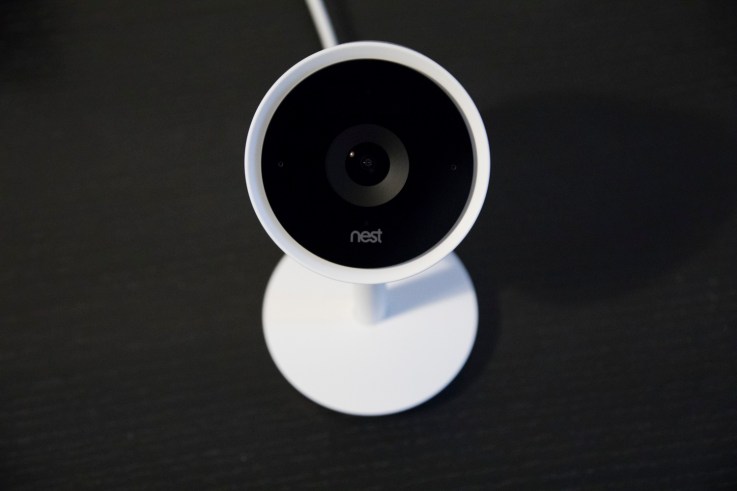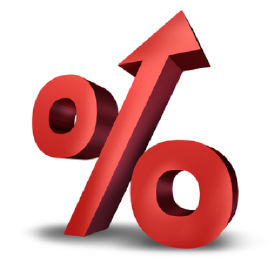
The Nest Cam IQ is the latest product from Alphabet-owned smart home company Nest, an HD security camera with a 4K sensor it uses to do things like intelligently track faces and people at higher resolution. I’ve been testing the $299 Nest Cam IQ[1] for a while now, and it’s an improvement over other smart home security cameras – but its IQ still leaves a lot to be desired.
While most smart cameras offer limited “smart” features, they largely work as security cameras have since their invention – showing video of an area, and providing a video record in case something goes wrong. The Nest Cam IQ inherits some of the smart features of its predecessor, including the ability to spot people and set activity zones, but it also adds ‘familiar faces,’ letting it maintain an index of people you recognize so that their presence will be ignored or flagged differently from unfamiliar people within its field of view.
Nest Cam IQ also has smart audio features, letting it recognize people talking, and it can identify doors to set activity zones for special areas (you can also manually set activity zones if you’d like it to watch a particular place). When it spots a person and you want to focus it, it can also ‘zoom and enhance’ effectively, taking advantage of that 4K video to upgrade a close-up area to higher res, which makes it easier to spot identifying attributes.
-

Screen Shot 2017-07-05 at 9.23.06 AM
-

Screen Shot 2017-07-05 at 9.22.55 AM
Sometimes familiar faces aren't recognized after the first training, but that's normal for facial recognition....
-

Read more from our friends at TechCrunch
Federal Reserve Chairwoman Janet Yellen says she is planning more hikes in the Fed funds rate, but you wouldn’t know it by watching the markets. So far the response in foreign exchange, bonds, and equities isn’t what people expected.
Markets have always been notorious for behaving unpredictably.
But in an age when central bankers micromanage virtually all markets, the behavior could be the result of careful planning. Maybe the recent market action was only unpredictable for those of us outside of the FOMC conference room.
Officials hiked rates in December, March, and June. Despite that the U.S. dollar has fallen to its lowest levels in more than a year.

The DXY index peaked just above 103 in December and flopped to near 95 last week.
The bond markets also aren’t responding as expected to the recent hikes or the threat of more to come. 10-year Treasury yields bumped up immediately following the November election, but have been bouncing between 2.25% and 2.5% ever since. At the moment, the yield is near the low end of that range.
The same is true for stocks. Higher borrowing costs for consumers and businesses should be on the way. Couple that with the slew of poor economic data, including lackluster GDP growth, and you might wonder why in the world stock investors have been so enthusiastic.
There are some who wonder if the Fed has lost control of the markets. If that is true, it sure seems to be working in their favor.
Yellen and company are making headway toward “normalizing” rates and regaining some dry powder. And the dollar, which many officials feared had grown too strong, is falling. Stocks have surged to